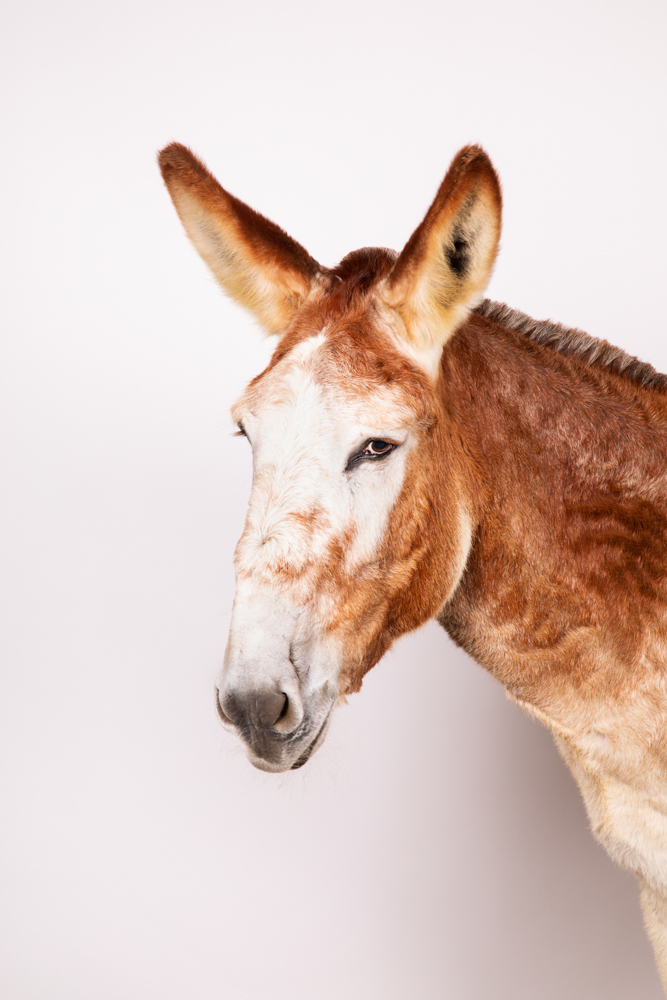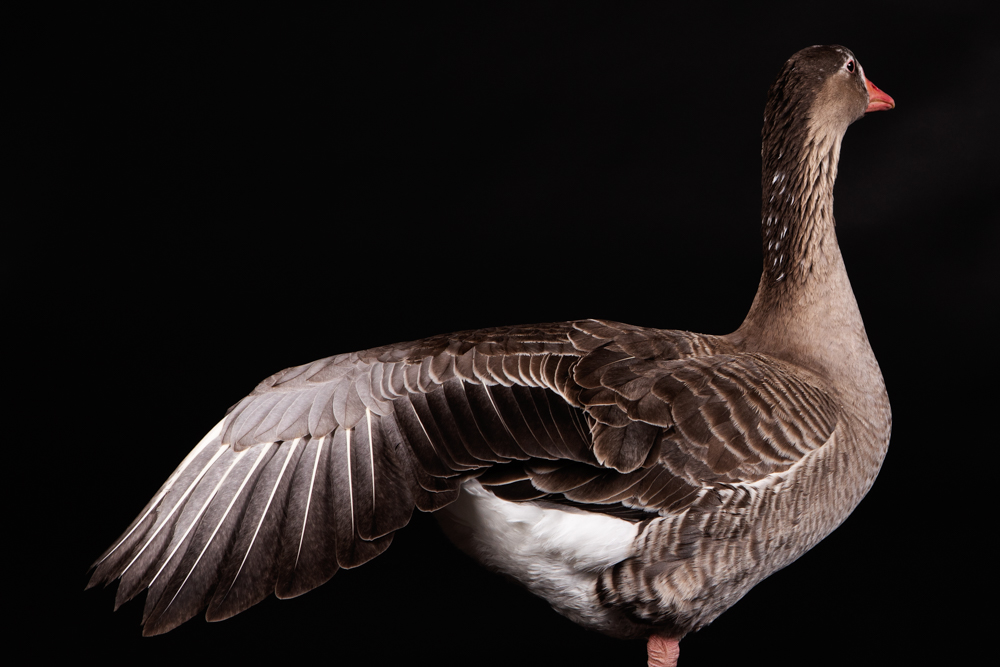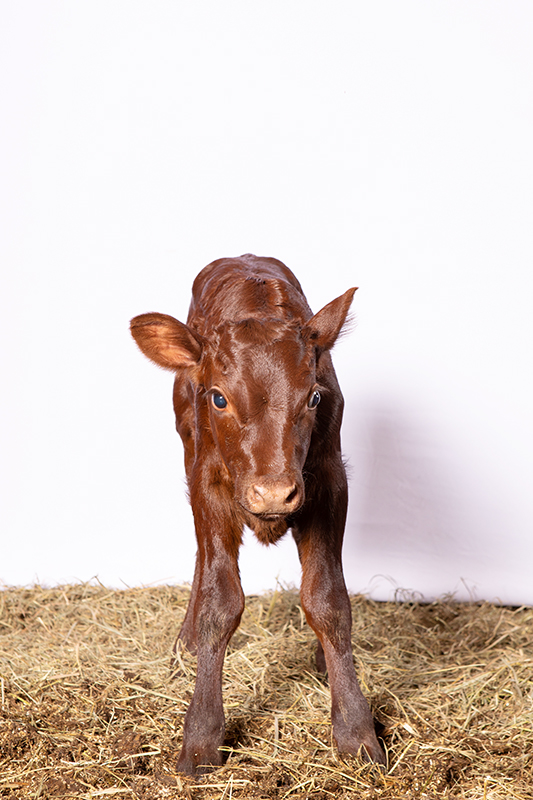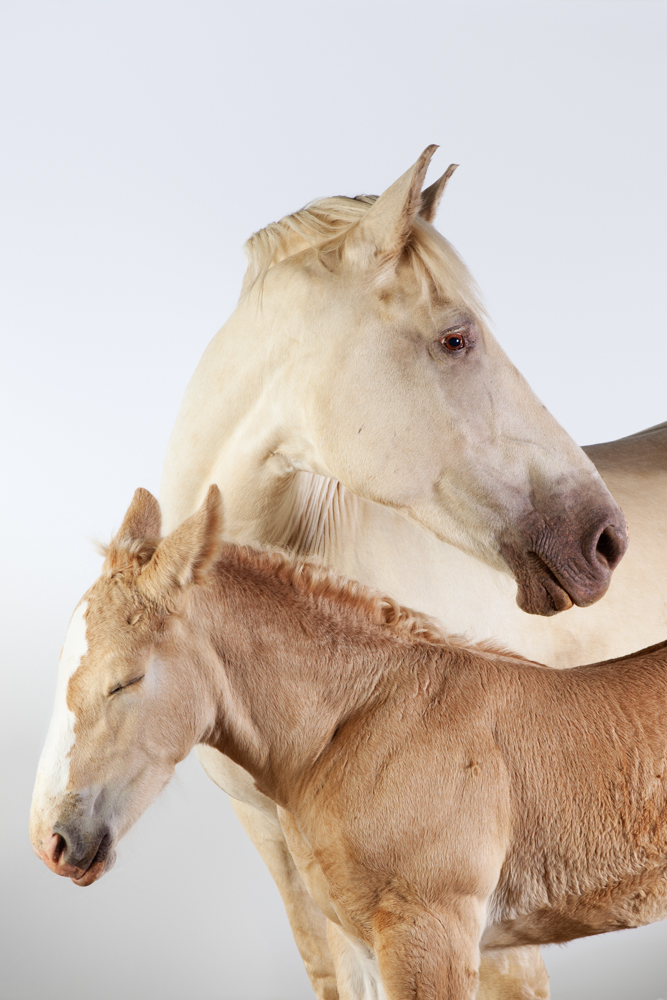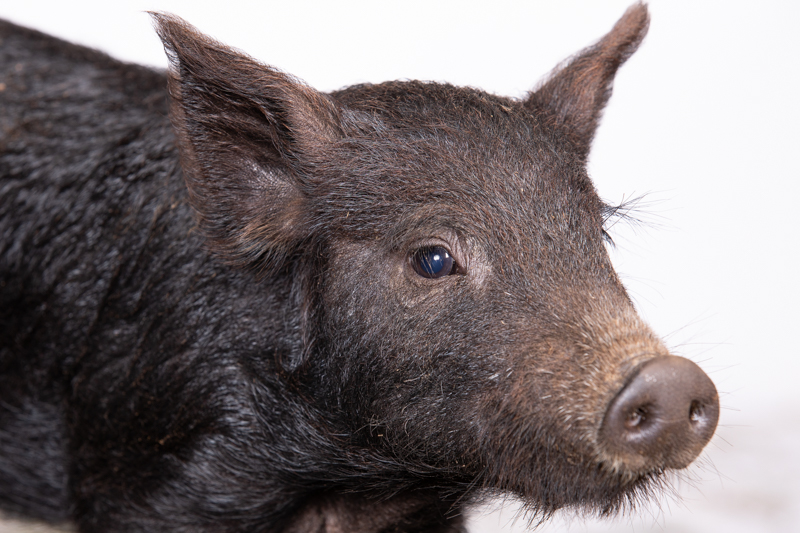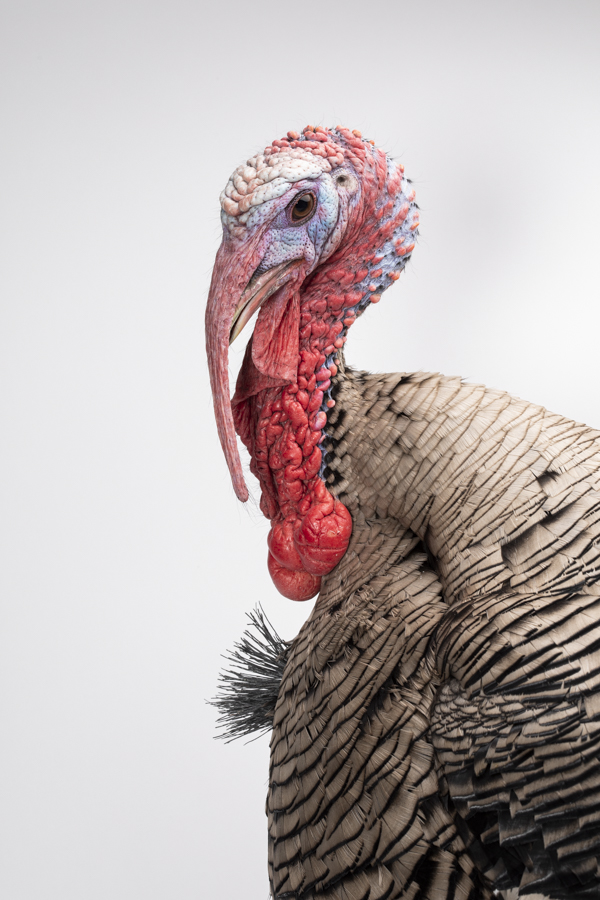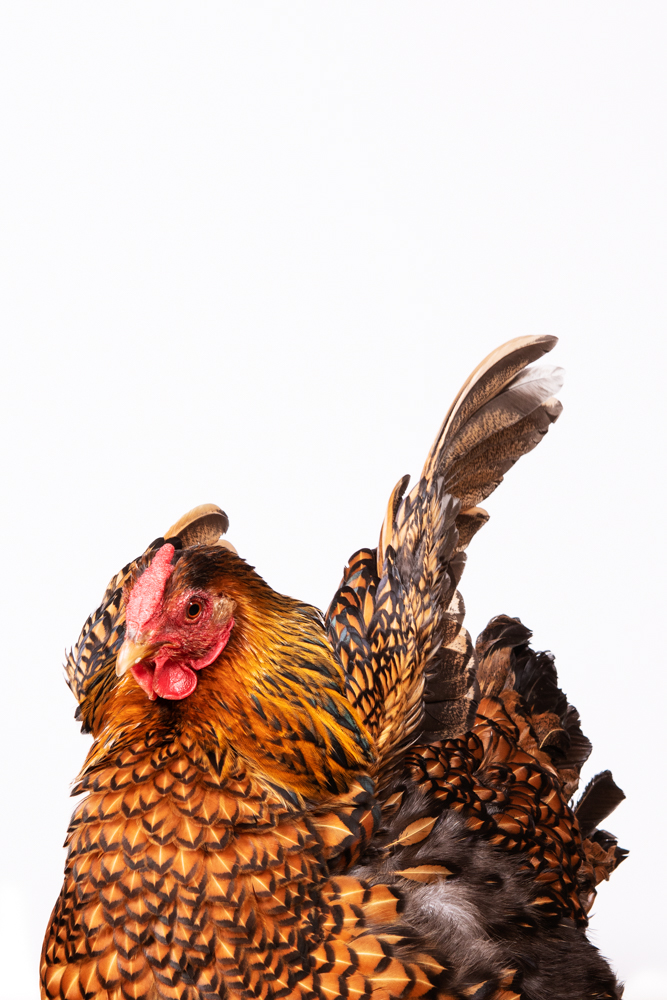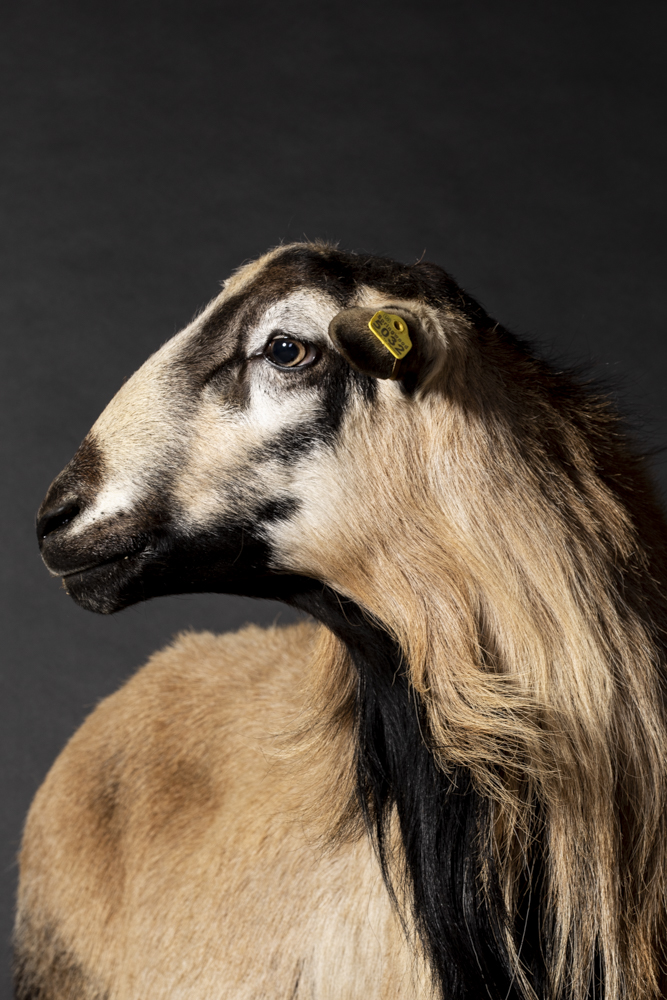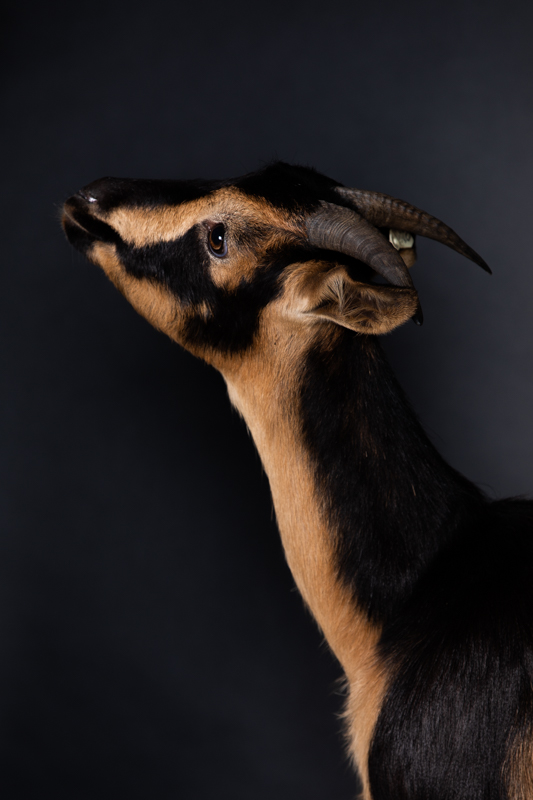Photographer Aliza Eliazarov took stunning animal portraits that used to be on our magazine covers. Now, all of America will be able to share her wonderful photos through a series of new stamps set to be released May 17.
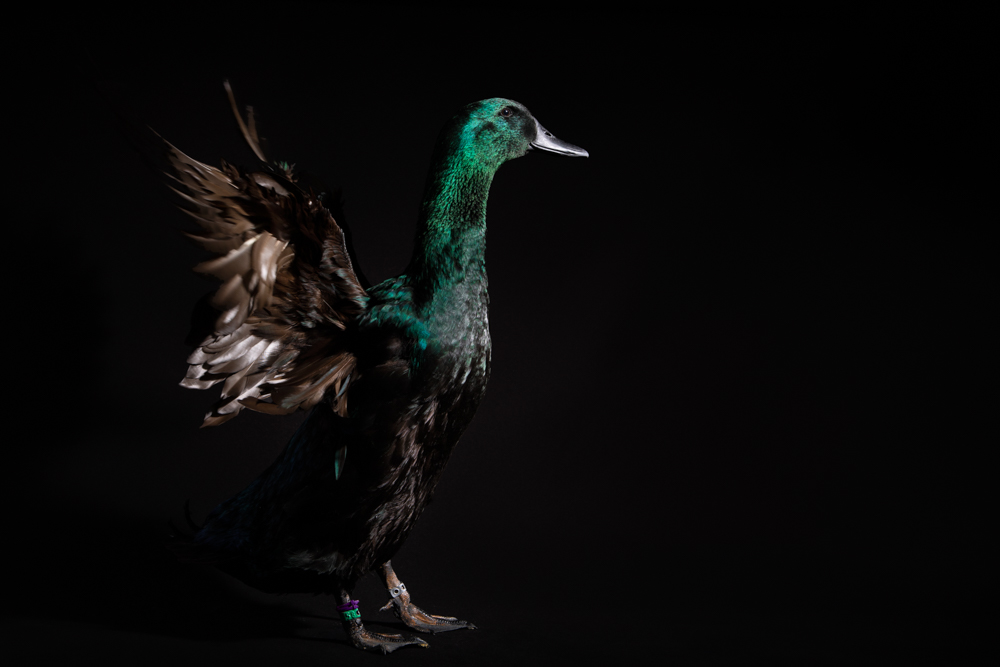
The email subject line read: CONFIDENTIAL // USPS.
I was on a week-long, run-and-gun assignment and finally had a few minutes to catch my breath, recharge and check emails. With camera gear strewn around me, I choked down an ancient Clif Bar from the bottom of my bag and slouched over my phone on the cold, hard cement.
Squinting, I re-read the subject line: CONFIDENTIAL // USPS
“That’s weird” I thought.
Hesitantly, I tapped to open:
Please forgive the formal subject line, but I’m an art director with the United States Postal Service and would love to talk to you about a potential stamp project.
I’m beginning work on a series of stamps on American Heritage Breeds—from chickens to cattle, from goats to pigs. A colleague of mine is also a farmer and is a devoted reader of Modern Farmer and he, quite naturally, led me to you!
We are both enchanted by your images and, if you are interested, I would like to talk to you about using some of your images on my stamp project. I’m still learning about heritage breeds, and I’m sure you can help with that, too. What I DO know is that your images are stunning and might make wonderful stamps.
I’d love to tell you more. What do you think?
Bits of Clif Bar tumbled out of my mouth as my jaw went slack.
My colleague Stacie plopped down beside me.
I read it aloud to her.
“Whoa,” Stacie said.
I echoed, “Whoa.”
Then I replied to the email; something along the lines of, “HECK, YEAH!”
Assuming I was one of many photographers being considered for the project, I proceeded with cautious optimism. It’s an honor just to be nominated, after all.
But the art director for the stamp project, Greg Breeding, made it clear that this was a direct invitation, and if I so desired, the collaboration between me and the postal service would move forward. Ten of my animal portraits could appear in a pane of US postage stamps.
THIS WAS REALLY HAPPENING. My nerdiest dream was coming true!
Having my portraits reproduced on stamps is a huge honor. But, more importantly, it’s a tremendous opportunity to raise awareness and educate folks about heritage breed livestock and poultry.
For the months following that email, I set forth on my top-secret, federally confidential mission. I delighted in conversations with stamp designer (and homesteader) Zack Bryant about visuals and aesthetics and dove headlong into research to find the right animal breeds for the postage portraits. I followed stamp collectors and #snailmail accounts on Instagram. I’m proud to say that I now consider myself a bit of a philatelist. Oh, yeah – I also learned the word philatelist. All the while, I was bursting at the seams, unable to share the news with anyone.
All 10 heritage breeds selected for the stamps have a distinctly American origin and history.
- The American Mammoth Jackstock was developed by George Washington who wanted a strong rideable donkey.
- The Cotton Patch goose is a landrace once prolific across the South, where they helped weed fields prior to the advent of chemical herbicides.
- The American Milking Devon, a tri-purpose cow, was the draft animal of choice on the Oregon Trail.
- The American Cream, donning its fair coat, is the only remaining American draft horse.
- The Mulefoot hog, known for its solid hoof, was once commonly seen throughout the Mississippi River Valley.
- The Narragansett turkey, Wyandotte chicken and Cayuga duck, each with uniquely stunning plumage, are all breeds developed in the East and named after Indigenous peoples from their respective region of origin.
- The Barbados Blackbelly sheep is a hair breed adapted to hot and humid climates. They evolved on the Caribbean island from sheep originally brought to the New World from Africa aboard slave ships.
- Lastly, the San Clemente Island goat from California had come close to being culled into extinction.
Today, the populations of all 10 breeds have dropped dramatically. According to the urgent census work done by the Livestock Conservancy, six of the animals featured on the stamps are considered “critically endangered.” This means that the breed’s estimated global population is less than 2,000.
My process for photographing these endangered breeds is methodical and time intensive—a labor of love. I comb through breed association directories and social media to find an appropriate farmer and animal. Ideally, the animals are docile and accustomed to being handled. I need access to power and shade in the form of a barn or shed with enough room for me to build an on-location photo studio.
When the animal enters the set, I like to keep quiet, calm and patient, so they can get acclimated. As they explore their new surroundings, brush against the backdrop, sniff my gear, lick the light stand and move around, I observe them carefully. This is my chance to pick out the character of the animal beyond the breed characteristics that I hope to capture in their portrait. It could be the sincere look in their eyes, a humorous expression, a mischievous stride or majestic stance.
As I observe them, they, too, are observing me. The best portraits are forged in these moments of intense connection. The energy is palpable. It is what propels me forward, deepens my practice and draws me endlessly back to this work and to magical little farms across the country.
I hope my portraiture compels folks to acknowledge and consider the animals that have trotted beside us for thousands of years. They’ve kept us fed and clothed and warm; plowed our fields, pulled our loads and enabled the growth of civilization. Today, in a country dominated by industrial farms, I also hope these portraits shed light on the significance, the necessity, of biodiversity in these populations, as well as spotlight the hard work and commitment of small farmers to protect these animals from annihilation.
These tiny portraits have been printed by the millions. The stamps will be available in post offices across the country. They’ll be pressed onto letters and invitations filled with good news, ramblings and love poems. And someone, somewhere, weary from a year of isolation, hardship and loneliness, will open their mailbox and pull out an envelope. And on that envelope will be a portrait of an animal looking back at them. And in that moment, they, too, may feel a renewed connection to the world, one that began on the farm.
